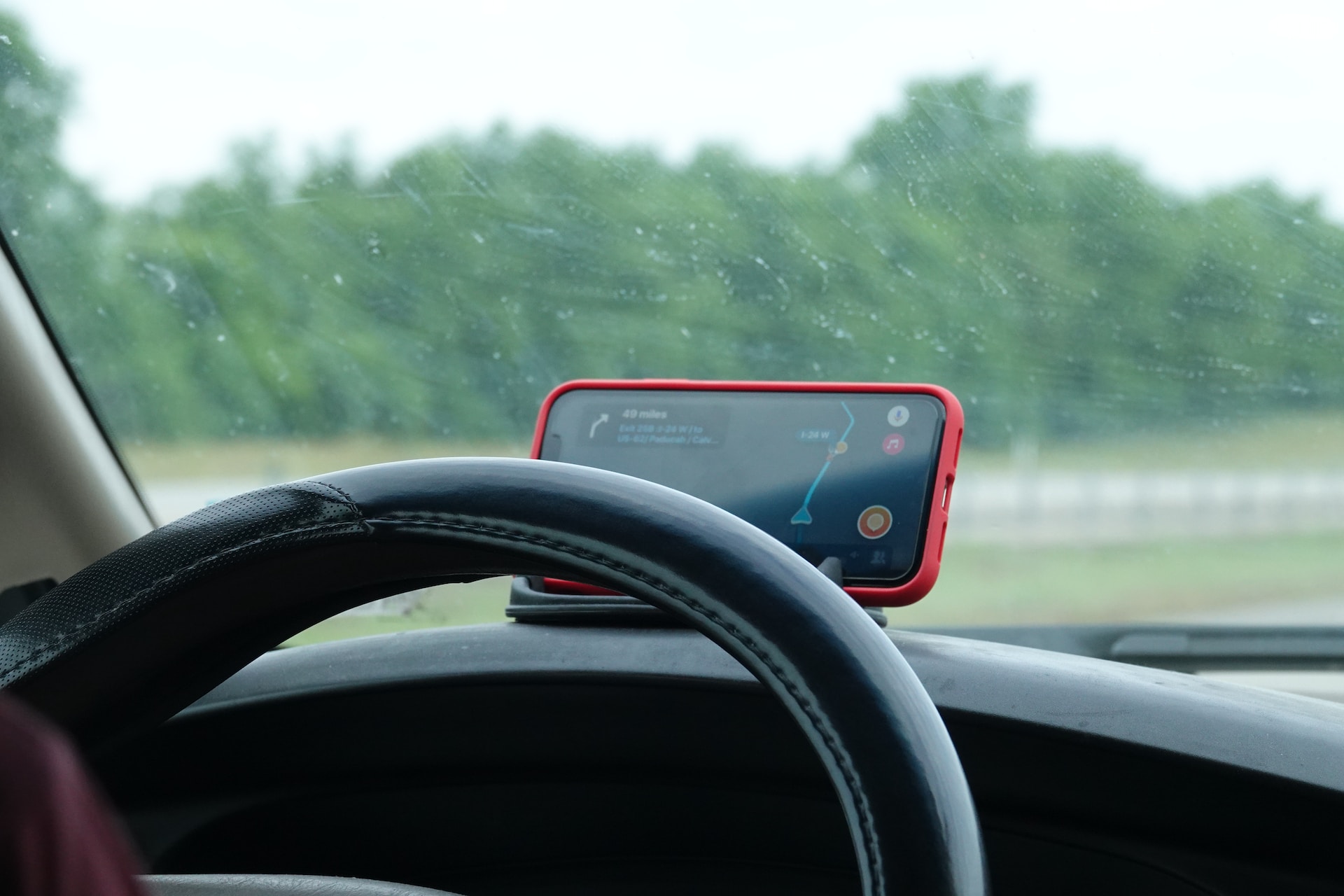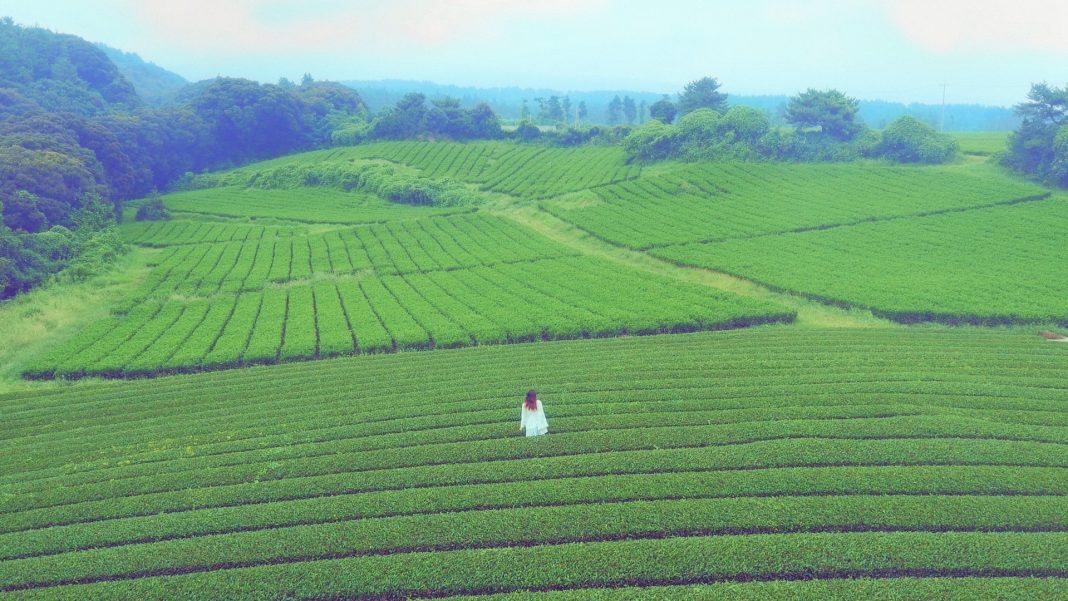Excited to fly to Jeju Island? I know I was! It was a fun experience for me, getting to sightsee and eat at uniquely Jeju places. My friends and I managed to visit several sites and explored a lot of the island in a short 3 days! However, not everything was as perfect as we had planned. We made some mistakes during our trip, but we learned and know better now!
So, from my successes and failures, here are some tips and tricks for you to maximise your time and experience when in Jeju!
Rental Car
Renting a car is the premier way of travelling in Jeju! This island is huge, almost 2.5 times larger than Singapore, so it isn’t easy to get around the entire island. Although public transport is readily available across the island, the intervals between each bus is long and the buses may not bring you to the destination directly, commonly needing to transfer. That takes time out of your already limited day, and with public transport ending before 10pm, you can’t do much in a day.
View this post on Instagram
Renting a car gives you the freedom to set your own pace, giving you less stress about when you need to leave and a better experience overall. Roads in Jeju are known to be scenic, having open roads with few cars, and surroundings that are gorgeous views of hills, open grassland, or forested woods. A stress-free driving environment. This is why renting a car will save you so much time, effort, and stress!
Do note that Korea is a right hand drive country, opposite from most countries. Don’t worry though, because it only requires a little bit of practice to get used to it. Do take note of the rules that may be different from your country. For example, left turns aren’t allowed on green lights, only on green left arrows, and right turns are allowed on a red light if it is safe to do so.
View this post on Instagram
For Singaporeans, you will need to apply for an International Driving Permit, a simple online submission.
Costs of renting a car is affordable, having cars as low as SGD$41 a day. Although a higher price than public transport but a worthwhile investment for your time and experience.
NaverMap / KakaoMap
Google Map doesn’t work well in Korea, it known to be unreliable and not up to date. Hence, NaverMap and KakaoMap will be your new friend! These apps are two of the popular and reliable apps that Koreans and tourists use. Whether it’s by car or public transport, you can confidently travel to your destination with these apps.

Between the two apps, KakaoMap is known to have a friendlier interface and an easier navigations window, while NaverMap is known to be more accurate and detailed. When I was in Korea, there were times when I couldn’t find my destination on KakaoMap but found it on NaverMap, which forced me to use it more frequently and becoming my preferred app.
Another feature that I used often was the reviews section, NaverMap and KakaoMap allows people to review destinations on the app itself, which had helped me to decide if we really wanted to go to some attractions or where to go for great eats.
Fun fact about Korean navigation, instead of writing street names, or name of the destination, you could also write their landline number! This will route you to exactly where you need to go.
Stay in Seogwipo and Jeju City
The biggest mistake that my friends and I made was that we stayed too far away from the city centre. We stayed in the easternmost point of the island, close to Aqua Planet Jeju and Seongsan Ilchubong.
View this post on Instagram
Our car rides easily took over an hour to reach any destination and the further out we went, the longer the drive back to our Airbnb. Hence, several hours were spent driving instead of enjoying the attractions. In the span of three days, we drove about 400km! Surprisingly, the rental car had only used half a tank, about 25 litres of petrol. Efficient!
The best places to stay are in Jeju City and Seogwipo. Jeju City is where the airport is, and is the public transportation hub, a better place if you are not planning on renting a car. A place to eat, shop, and to relax by the beach.
View this post on Instagram
Seogwipo is in the south of the island, taking an hour by bus to reach from the airport. Seogwipo is where several natural heritages are and is the best place if you are in Jeju to sightsee. Waterfalls, caves, and many more are condensed near this city, and will save you a lot of time when visiting.
View this post on Instagram
The best case scenario to experience Jeju is if you can stay at both Jeju City and Seogwipo. Two days at both cities should be enough to cover the popular attractions of Korea.
Eating Local!
Eating at local restaurants are the best thing you can do for your wallet. Food is a lot cheaper in these restaurants than in tourists targeted restaurants, and I find that it tastes better too!
Eating local is the greatest discovery I had. Tourists’ attractions tend to gather restaurants that are friendlier to foreigners, having English menus and English speaking staffs, but have a higher cost for food. At local restaurants, I felt that the food tasted a lot better, and was significantly cheaper! Although, there were times when the staff and owners couldn’t understand us, but we live in an era of smartphones with translation, so it wasn’t too big of a problem. The best way to find local restaurants is to search for recommendations on NaverMap and KakaoMap or asking a local!
View this post on Instagram
A few times at a local restaurant, the owners were extremely friendly because they were excited about tourists coming to their restaurant, talking to us, and giving us free food! They were very hospitable to us and making our trip that much better.
Learn to read Korean!
For English speakers, Korean is a simple to learn, but hard to master. But don’t worry, simple is enough to get around. Korean is simple because the way the words are written is like English, using letterings to spell out a word. To learn, you just need to remember how the shape looks and remember the letter it sounds like. I personally took about a week of practice before I was able to read and write Korean!
In recent years, there have been words that are written in “Konglish” – Korean + English, words written in Korean lettering but are phonetically English. For example, 카메라 is pronounced as ka-me-ra, which means camera, and 카페 라떼 is pronounced ka-pe la-tte, which means caffe latte, a little different but phonetically similar. So, there will be times when you can understand what they said or write!
View this post on Instagram
Local restaurants may not have an English menu, so being able to read will at least help you to know what you can order at the restaurant. Learning the language has helped my friends and I many times, when we were eating, or when we were looking for a place that sells a specific food.
It is also beneficial to know common phrases, for you to understand and for the Koreans to easily help!
Uniquely Jeju foods you should try!
As you might already know that Jeju Island was made from volcanic activity hundreds of thousands of years ago, and the volcanic ash soil formed is rich in nutrients. Thus, the farms produce high quality ingredients available nowhere else.
Udo Peanuts and Jeju Matcha have a stronger taste and aroma compared to its counterparts, due to Jeju’s nutrient rich soil. They are popular souvenirs to buy while in Jeju!
View this post on Instagram
Hallabong is tangerine, a crossbreed of an orange and citrus fruit, that makes a juicy and sweet punch in a single fruit. Fun fact, 90% of Korea’s hallabong comes from Jeju, so you know you must try it while in Jeju!
To save you from trips to many locations, Udo Peanut ice cream, Jeju Matcha, and Hallabong can all be tried at the Osulloc Tea museum and Innisfree Cafe! Also check out the teas that Osulloc sells, having unique tea leaves and blends that are only available there.
View this post on Instagram
Jeju being an island surrounded by the sea means that most of their daily staple consists of freshly caught seafood. Haenyeo, Jeju Women Divers, are diving every day to collect seafood. You can buy their catch and eat them as fresh as they can be!
Haenyeo divers are only unique to Jeju and is an interesting thing to see while you are there.
View this post on Instagram
To save the best for last, black pork. A pig that has black fur, it is high quality due to the pigs’ genetics and the high quality feed it is given. Its meat is dark red, unlike most other pork which tend to be paler, and it has a complex taste. Many people who have tried it say it tastes like steak, but better due of the high fat content.
Try black pork at its best and experience authentic Korean barbecue in Jeju!
View this post on Instagram
Now that you know the tips and tricks of Jeju, you can now freely enjoy Jeju at its best! Make the most out of your time there and have a great trip!




